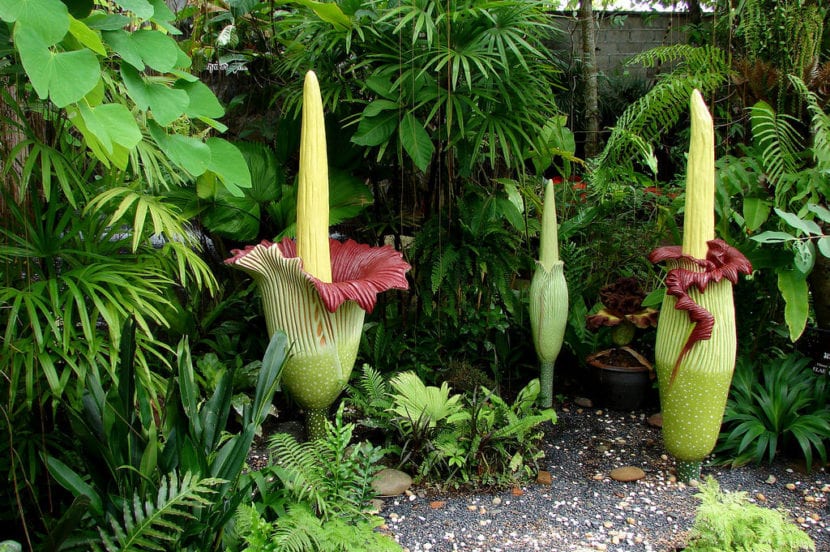
In nature sometimes we find plants that attract our attention, either because they have very large or very small leaves, or because their flowers have incredible shapes and colors, or because they give off a peculiar smell.
Today, there are many curious plants that we can find in nurseries, but there are others that, surely even if they were for sale, would hardly be bought. In this special, we will see what are the names of exotic plants.
Adansonia digitata
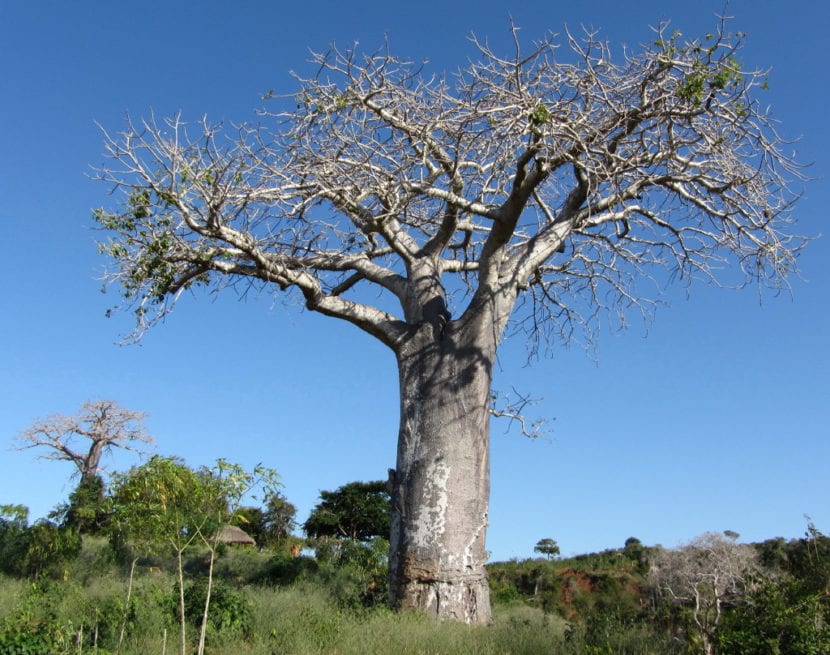
That is the scientific name for one of the most popular trees: the baobab. It is native to Africa, specifically, it lives in semi-arid areas south of the Sahara, but it is also found in the center and east of the continent. It has a very slow growth rate, and an extraordinarily long life expectancy: almost 4000 years. Its trunk is very thick, exceeding 40m in circumference.
It is an exotic plant that needs a warm weather -without frosts- and dry to be able to live.
Adenium obesum
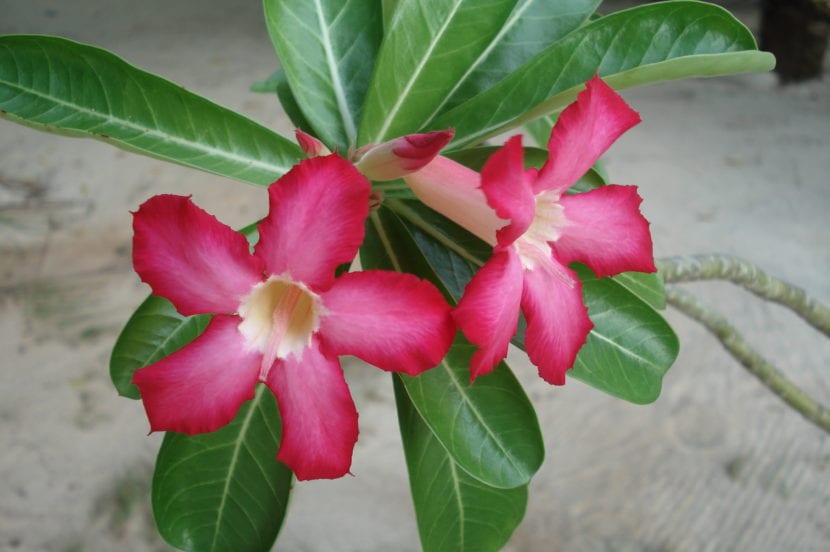
The Desert Rose, the name by which this beautiful caudiciform plant is known, that is, a plant that stores water in its trunk and branches, is native to southern Africa. It is an evergreen shrub that can grow to 2m, and whose flowers are trumpet-shaped, in color that can be red, pink, white or bicolor.
It is one of the most loved by all those who collect succulents, although to keep it in good condition you have to protect her from the cold, in addition to watering it very little (almost nothing in autumn-winter).
Aloe polyphylla
Spiral Aloe is native to South Africa. It is one of the most spectacular succulent plants, as has fleshy leaves that are arranged in a spiral on five levels. It has no stem, so it stays very close to ground level. The leaves have thorny edges, but it is a thorn that does little damage, since they are very short, less than 0,5 cm long.
For its striking shape, is in danger of extinction.
Amorphophallus titanum
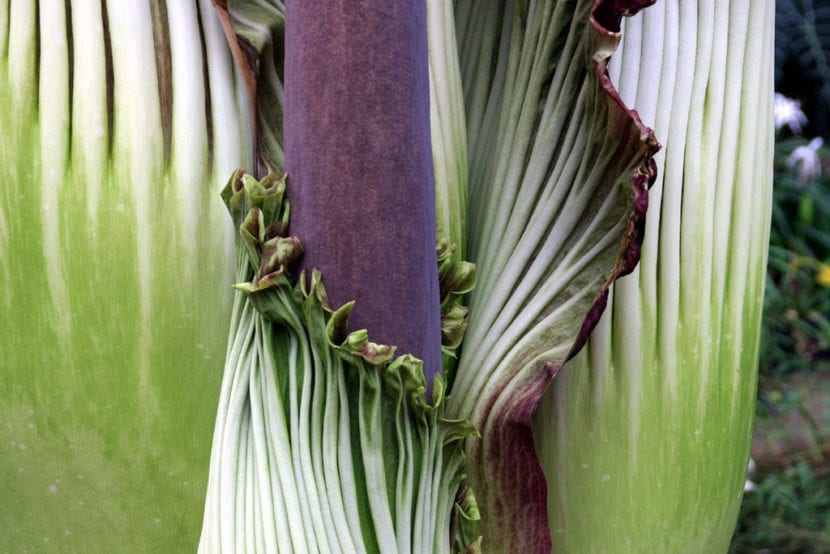
That name may not be familiar to you, but… you may have heard of the Corpse Flower or the Giant Ring. This is an exotic plant native to Sumatra, and it has the title of the largest flower in the world, since can be over one and a half meters tall. But it is also one of the worst smells: it gives off a smell of rotten meat that drives back all those who dare to approach it.
It should be noted that he lives only 40 years, and that blooms 3-4 times at that time. Sure, when it does, it's quite a show; hence the botanical gardens want to have a specimen in their facilities, despite the smell.
Ophrys scolopax
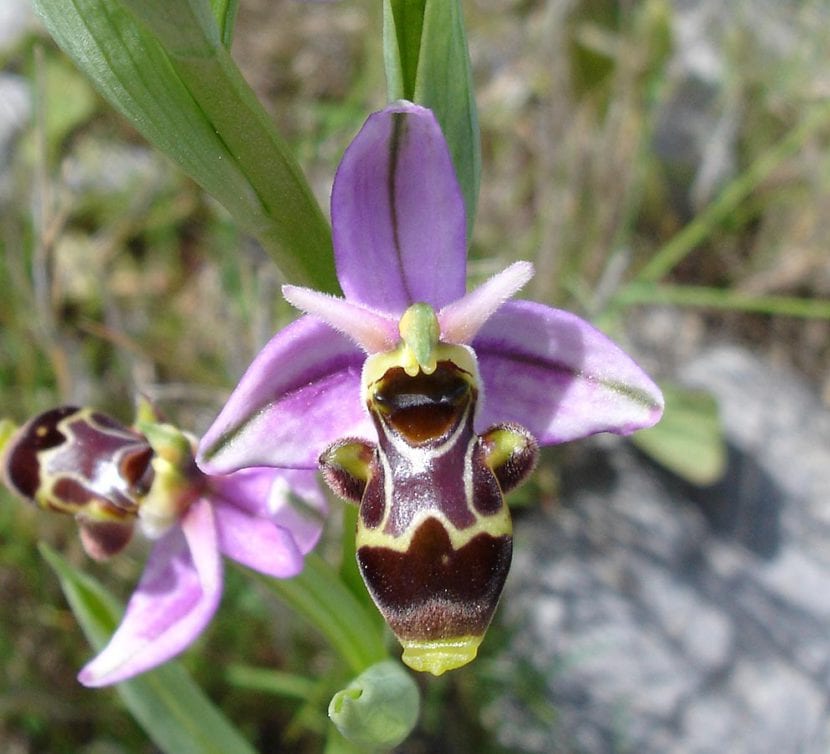
This is one of the few orchids that you can find growing naturally in the Mediterranean region. They are very interesting, since during the summer they remain dormant as underground bulbs (tubers), and towards the end of the summer-autumn they develop a rosette of leaves as a new tuber is formed. Towards the following spring, the »old» tuber will have died, leaving the new.
Also, in order to grow depend on a symbiote fungus, which is one of the main reasons why its cultivation is one of the most difficult.
Plumeria
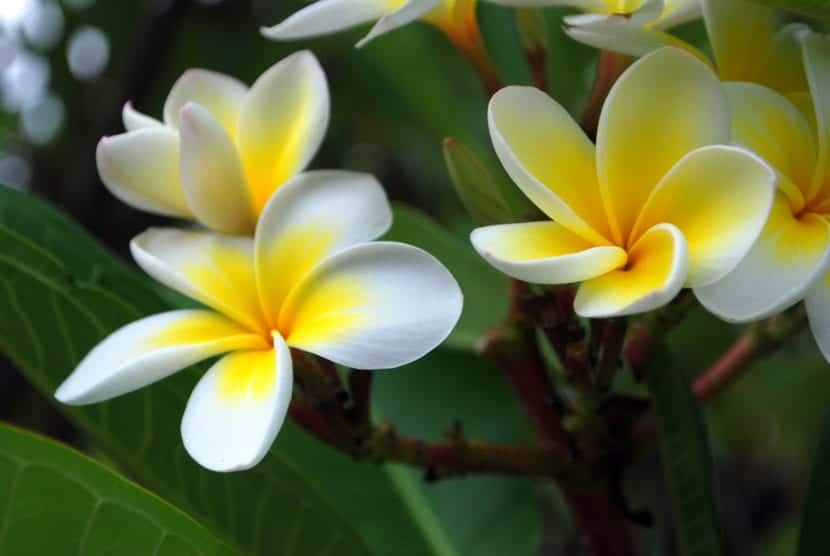
The Plumeria, or Frangipani as it is sometimes also called, is a deciduous shrub or tree native to tropical America. It can reach the 10 meters tall, and is characterized by having long leaves, about 30cm in length, and fragrant and bicolor flowers (yellow / white, yellow / pink) with five petals that brighten up any corner.
Can't stand the cold, so it can be considered as an exotic indoor plant. Still the species Plumeria rubra f. acutifolia is an exception. In fact, I can tell you that mine has already surpassed 2 Mediterranean winters (minimum temperature of -2ºC), and it has overcome it without problems, so it is almost certain that it can hold up to -3ºC.
rafflesia arnoldii
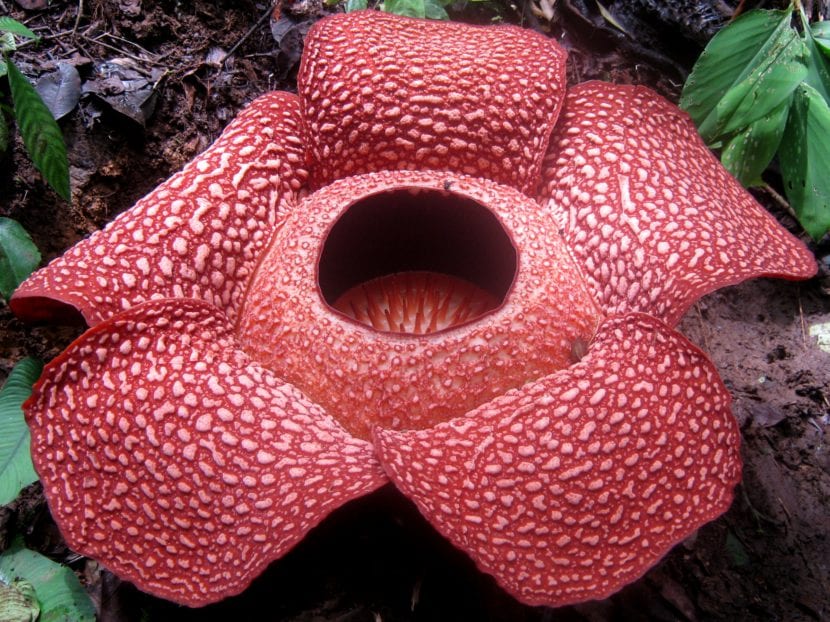
This is an extraordinarily rare plant. It has no leaves, no stem, no roots; only one flower that can weigh up to 11kg and measure up to 1m in diameter. It is a parasitic plant that grows on the roots of the trees of the tropical forests of Sumatra. Like the Corpse Flower, it gives off a smell of rotting meat that only attracts its pollinators: carrion flies.
As a curious fact, it is known that is capable of emitting heat, which serves to mimic the heat and smell of a dead animal so that flies are attracted to the plant.
Welwitschia mirabilis
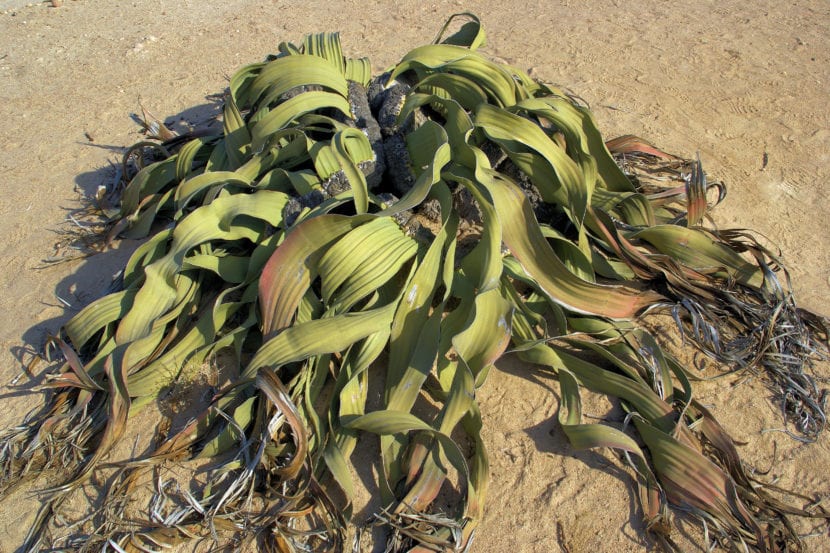
If you ever go to the deserts of Angola or Namibia, you may very well come across a plant that seems to be having a really hard time. Although it seems the opposite, it only has two leaves that extend up to a meter long, if not more. It is believed that at night it can absorb desert dew through them.
By the way, do you know how long you can live? 50 years? No, much, much more. Up to 2000. It's funny, right? And especially considering that in deserts it does not rain more than a few centimeters a year.
And so far the exotic plants special. Do you know other rare plants?
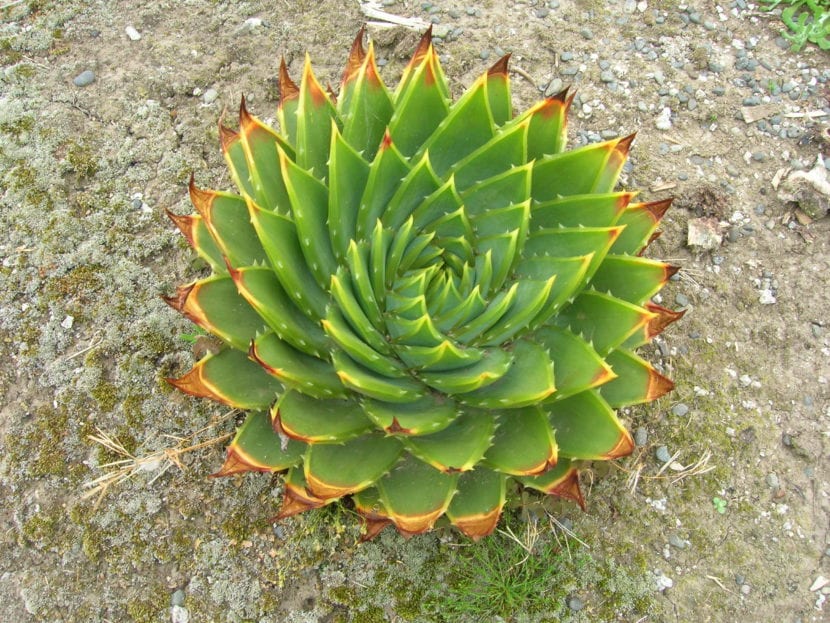
Hello and good morning: This is a wonderful job that has allowed me to know that I have an ADENIUM OBESUM. This is important because in the nursery that sold it to me, they did not know.
And now something else. How can it be maintained and reproduced?
So far I have had it on a covered but open terrace (sun during the day and 5ºC at night). Now it is in a closed (sun and up to 20ºC during the day and not less than 10ºC at night. With low 0ºC outside) and when doing so (December)
the flowers that had disappeared are returning. !!! Of magic
But the leaves are still gray and sad. Some fall
. I have it in the eastern area of C. de Madrid.
Hi Jose Maria.
We are glad that you found the article helpful.
During the winter you do not have to water it a lot, only once a month or when you see that the trunk is becoming soft (and only if it has been a long time since the last watering).
To help him get through the winter you can add a small spoonful (of the coffee ones) of blue Nitrofoska every time you water.
En this other article it is better explained how to take care of it, maintain it and multiply it. If you have any doubts, write us again 🙂
A greeting.